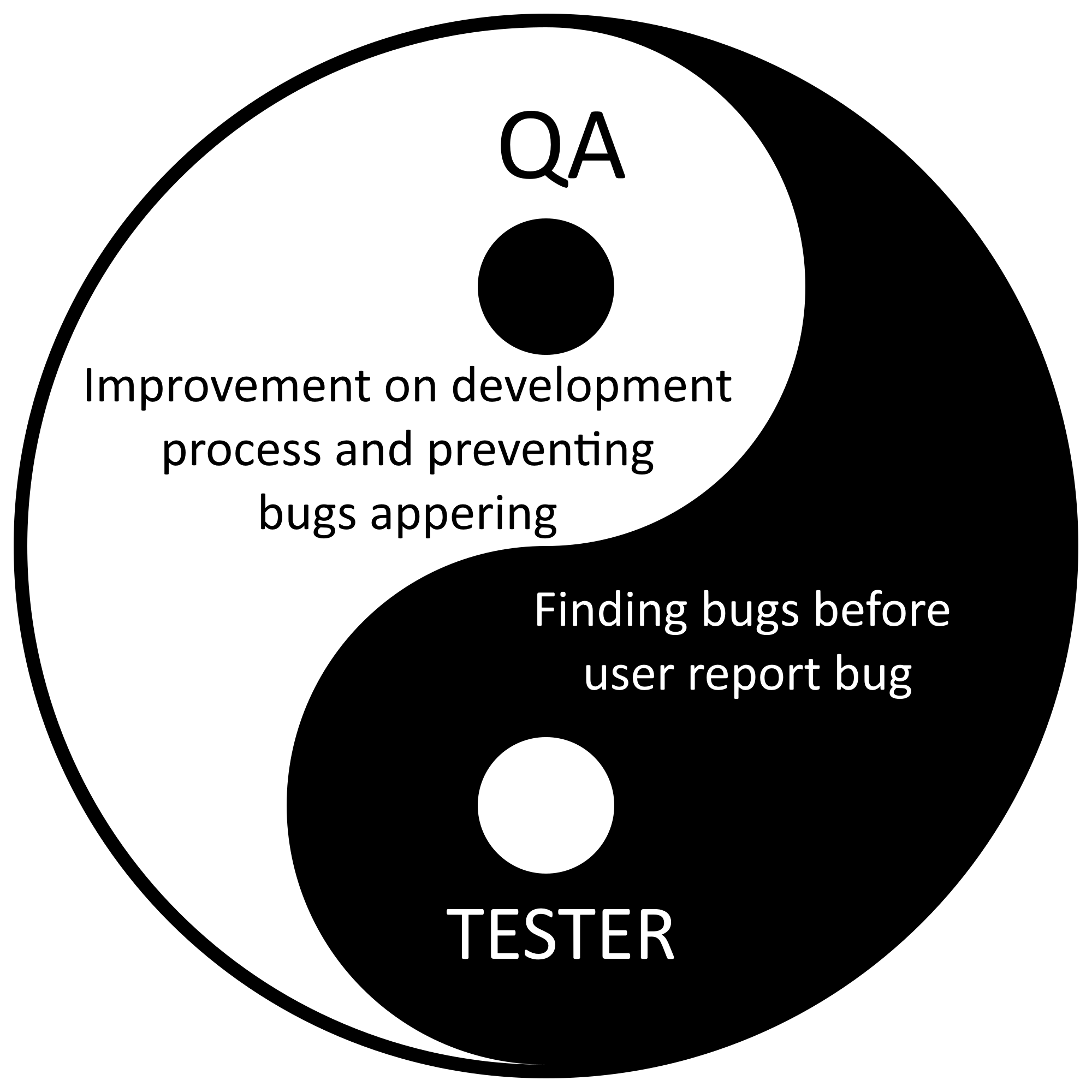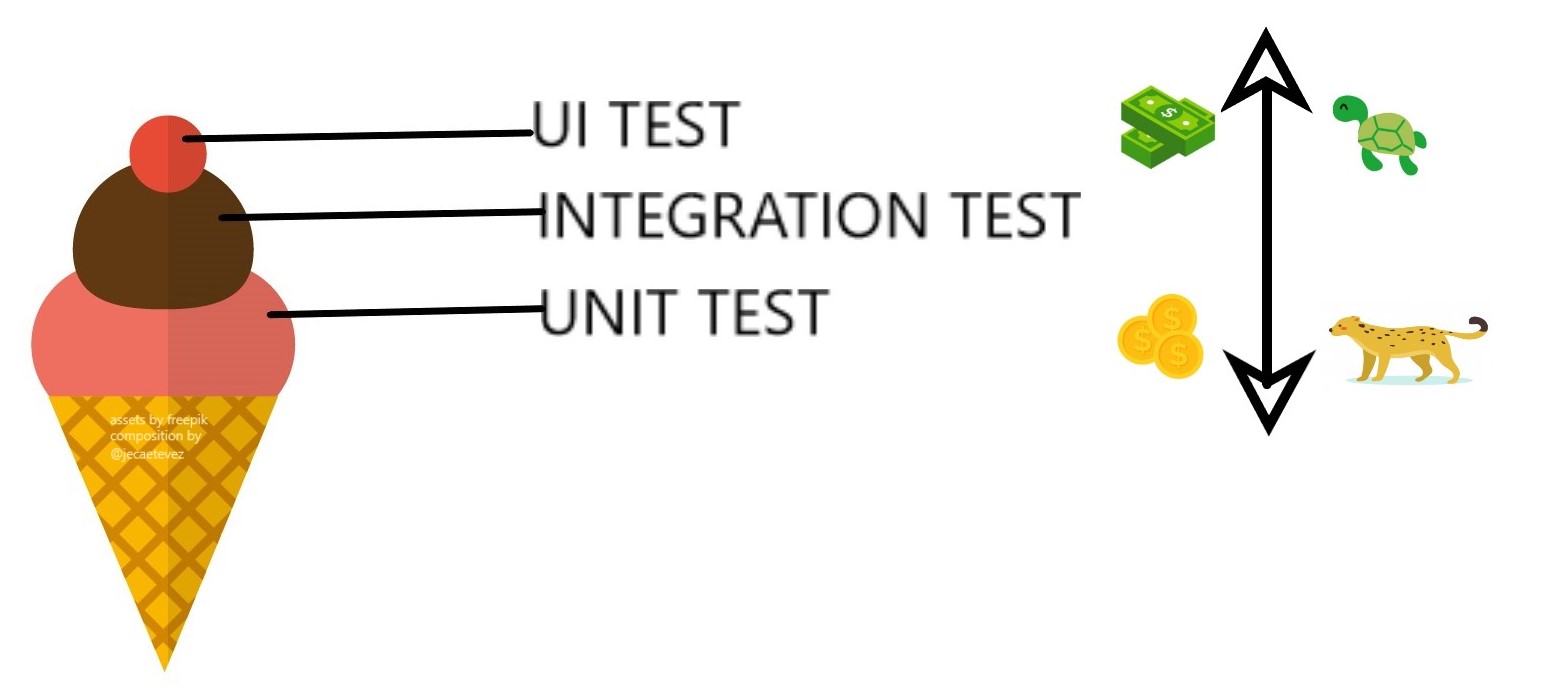Permutap
Blog Post Title
What goes into a blog post? Helpful, industry-specific content that: 1) gives readers a useful takeaway, and 2) shows you’re an industry expert.
Use your company’s blog posts to opine on current industry topics, humanize your company, and show how your products and services can help people.
VSCode plugins / extensions
My favorite VSCode plugins / extensions :

- Debugger for Chrome Debug your JavaScript code running in Google Chrome from VS Code.
- Git blame
See Git Blame information in the status bar for the currently selected line. - Markdown All in One
All you need for Markdown (keyboard shortcuts, table of contents, auto preview and more). - Editor Config
This plugin attempts to override user/workspace settings with settings found in.editorconfigfiles. - Bookmarkds :
navigate in your code, moving between important positions easily and quickly. - vscode-icons : do your coding life easier with icons
- Docker : makes it easy to build, manage and deploy containerized applications from Visual Studio Code.
Docker commands cheat sheet [Draft 15/12/2018]
I’m started to work with docker and here I’ll be writing a list of useful commands which I usually use like a cheat sheet.

- List the containers
- docker ps
- docker ps a
- Display a live stream of container(s) resource usage statistics
- docker stats <ContainerId>
- Show the logs of a specific container id
- docker logs <ContainerId>
- docker logs -f <ContainerId>
- Enter in docker container via @FelipeCruz
- docker exec -it <ContainerName> /bin/bash
Continue reading “Docker commands cheat sheet [Draft 15/12/2018]”
Testing features – Quality Assurance – Testing Software
Here bellow we can see a typical workflow where the red circle represent bugs.

Do you think if this basic workflow where it’s merging features directly into master to later be deployed and tested is it enought good?
With this basic workflow approach the master branch has many commits and some of them could has issues developed during the sprint. GitFlow is other alternative to this workflow which help to have a cleanest version of master and let see more information about how does it works GitFlow.
Continue reading “Testing features – Quality Assurance – Testing Software”
Testing Roles and Responsibilities – Quality Assurance – Testing Software (Part 2)
In this article we’ll see which could be the most relevant testing roles and the responsibilities . First we should differentiate between QA and Testing

- QA Roles : Try to prevent bugs appearing doing improvement in the development process through process improvements also verifying that it is possible to make the software work under a given set of conditions
- QA Lead
- Testing Roles : Main task is search bugs before final user find them and testing roles are constantly thinking of things that have not been tried and find parts of the software that may be weak
- Test Lead Analyst:
- Test Engineer
- Manual Test Engineer
- Automated Test Engineer
Ads: curso práctico de testing automático presencial y también online
Let try to define the responsibilities of each Role:
Tests Plan – Quality Assurance – Testing Software (Part 1)
In this article I’ll share my thoughts and experience about a possible list of testing artefacts that could help to improve the quality assurance in the software development working with test plan.

Before to see the different test plans It’s important to know so basic artefacts like :
- Test Case: List of steps in order to cover only one application scenario where the test case should have a descriptive title of the scenario and describe the result of each step
- Test Results: evidence of execution of a test case
- Test Plan: is a group of test cases
- Regression Test: used to test the regression produced an existent feature
- Smoke Test: list of steps to cover quickly different features without enter in details.
- Automation: Not all the Test Cases could or should be automated.
There are different ways to automated the test cases using : unit test, integration test, client side unit test or UI test)
Ads: curso práctico de testing automático presencial y también online
There are different test plans like :
Continue reading “Tests Plan – Quality Assurance – Testing Software (Part 1)”
Automate Manual Regression Test Plan – (Testing thoughts Part 1 of N)
In this simple article, I want to share some thoughts about how to automate a manual regression test plan . I did a simple poll where I asked :
Which tool/framework do you use to automate the execution of a full manual regression test plan to validate business scenarios ?
Before answering, you should think about the “Ice-cream testing cone”

Ice-cream cone : If you are testing through the User Interface (UI) them it will be slow, increasing build times. For more information please click on this article by Martin Fowler.
Ads: curso práctico de testing automático presencial y también online
From the previous image, it is clear that it is not a good idea to invest much time building a huge collection of UI Tests and here we have the results of the Poll :
Continue reading “Automate Manual Regression Test Plan – (Testing thoughts Part 1 of N)”
Support Workflow: Gathering customers information to save time to solve tickets – Tools – (Part 1 of N)
It’s very common when a company start to increase the number of customers It’ll be probably increased the number of support’s tickets.
When I usually worked helping to the last line of support I saw for many tickets always was asked to the customers similar questions. I usually tried get from the customers configuration files , logs to know more information in order to progress the ticket .
Don’t you think this support workflow of retrieve the customer information could be improved it?
I think it could be automated the gathering information so when the customer will raise a new ticket it could be also attached the relevant information obtained from an automated tool .
With this approach we’ll have an “all in one ticket” because the ticket will have all the relevant information so it will saved time in both side .

Ads: curso práctico de testing automático presencial y también online
Here we have some reasons why I think we should try to improve the support process workflow in order to
Business Layer Software Architecture (Part 2 of N)
In a previous article about “Layered Software Architecture Part 1″ I shared my thoughts about it isn’t enough just applying any of the MvC, MvvM or MvP patterns to build a good Software Architecture.
For non CRUD applications where there are business logic in the app I think it’s a good idea if :
- Api Rest (Communication) Layer shouldn’t have business logic neither have access directly to the Data with an ORM.
- Api Rest (Communication) Layer should only limited to have simple data validations.
- Business layer should avoid to have direct access to data via ORM or SqlQueries since the Data Access Layer is the responsible
- We should try to build thin Api Rest (Communication) Layer and fat Business Logic Layer

Here below we have a list of points of what I think it should be done in business logic :
Continue reading “Business Layer Software Architecture (Part 2 of N)”

